New Sizing Estimator: Helping your customers select the right swimming pool heat pump begins with…
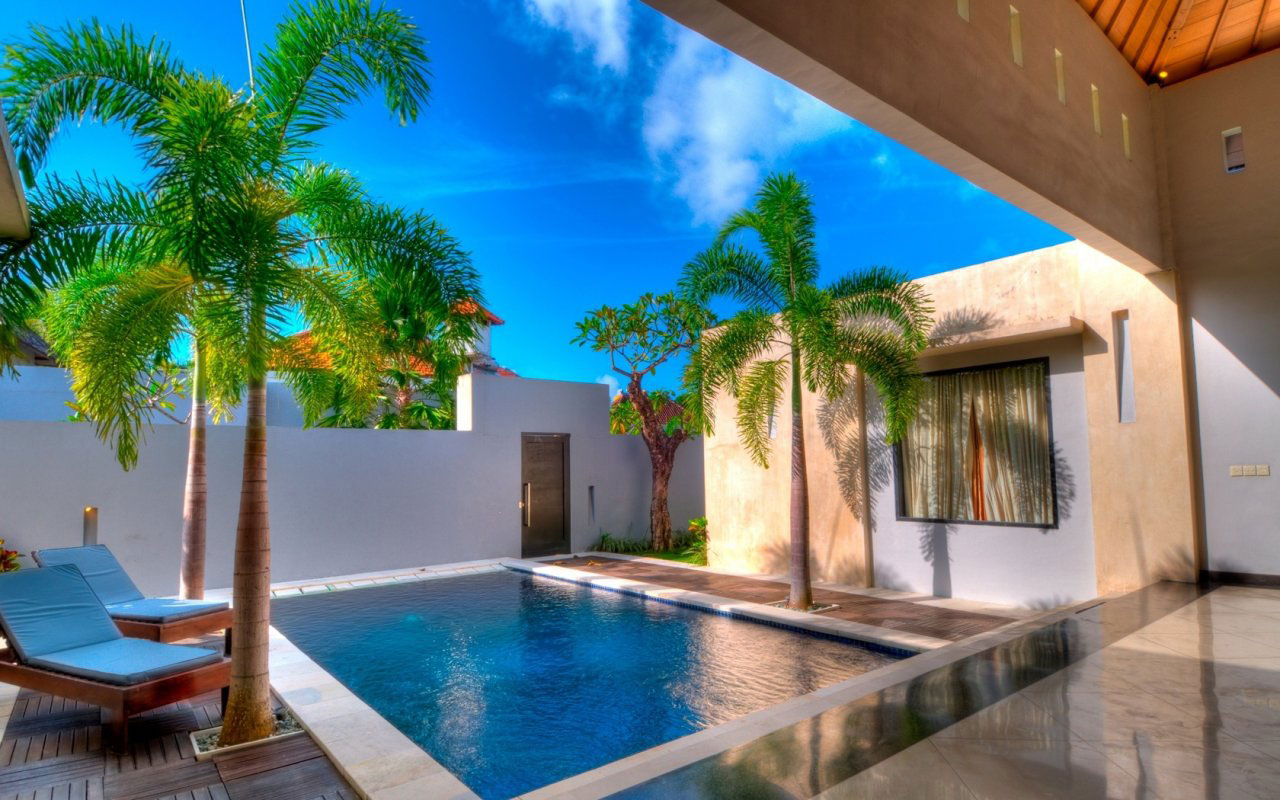
Top 6 Cost-Efficient ways to Heat your Pool
Cost-efficient ways to heat your pool can seem complex at first. We often hear from pool owners that they enjoy a warm pool but not the energy costs of a heat pump. The cost of heating a pool can be significant even with a highly efficient system like a heat pump. In this article we will discuss the top 6 cost-efficient ways to heat your pool.
1) Solar heating as the primary heat source.
Solar heating is an effective and cost-efficient way to heat your pool. It is essentially free apart from water pumping costs to move the water through the panels. However, the downside is that it rarely meets the heating demands for a full season. This is due to lack of sun, overcast skies or positioning of your home. Even with the downfalls, if solar is available to you it can be a cost-efficient system when paired with a heat pump. For more information on this combination click here.
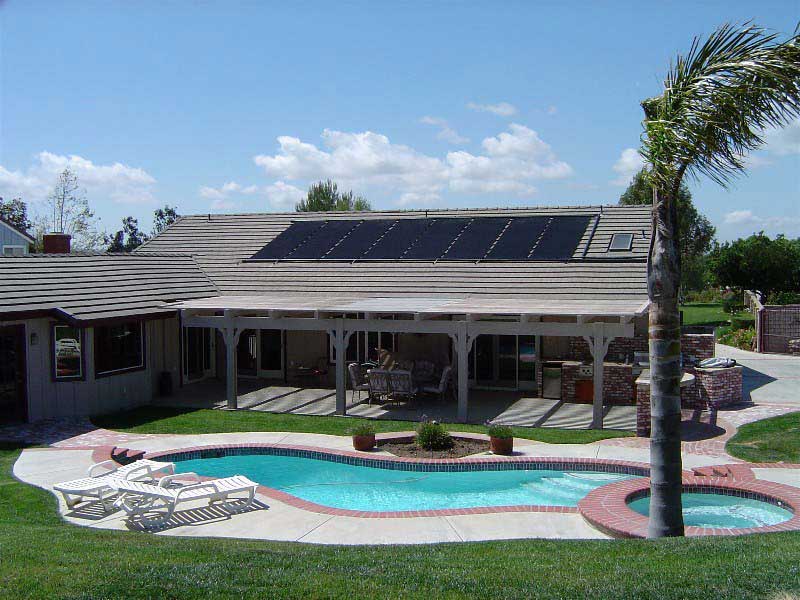
2) Time of day
If you have a heat pump for your pool, the time of day that you run it will greatly impact its efficiency. Since heat pumps get their heat from the air the best time to use them is when the temperature is at its warmest.
The best way to do this is by adjusting the settings in your filtration system to operate during the warmest time of the day. This will be a cost-efficient way to heat your pool since your heat pump will only operate when it has waterflow, mainly supplied by the filtration system. So, the pool heater will run when your filtration system runs. If your filtration is running at the warmest time of the day, your pool heater will operate at its optimum performance.
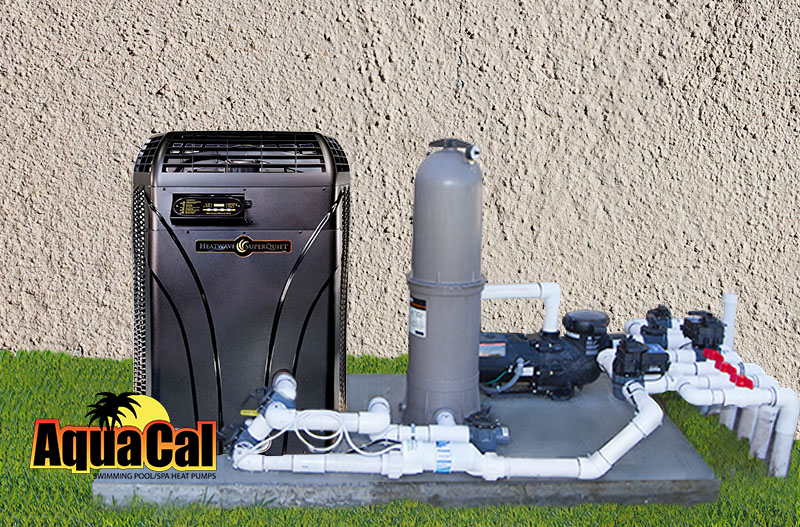
3) Coefficiency Of Performance (COP)
When buying your unit, it is important to consider the Coefficiency Of Performance, or COP. The COP is the efficiency rating of the heat pump it is the measure of energy output divided by energy input. In other words, the higher the COP rating is, the more efficient your heat pump is. As you compare different heat pumps it is important to remember that the higher the COP the more cost efficient it will be. The percentage difference between one COP rating and another will equate to the percentage savings between the lower and higher rated COP heater. What does this mean for you? It means you should buy the highest COP-rated unit your budget allows. However, ensuring the model you select has the capacity to meet your heating demand.
If you have already bought a unit, it is important to remember that outside temperature will impact the efficiency.
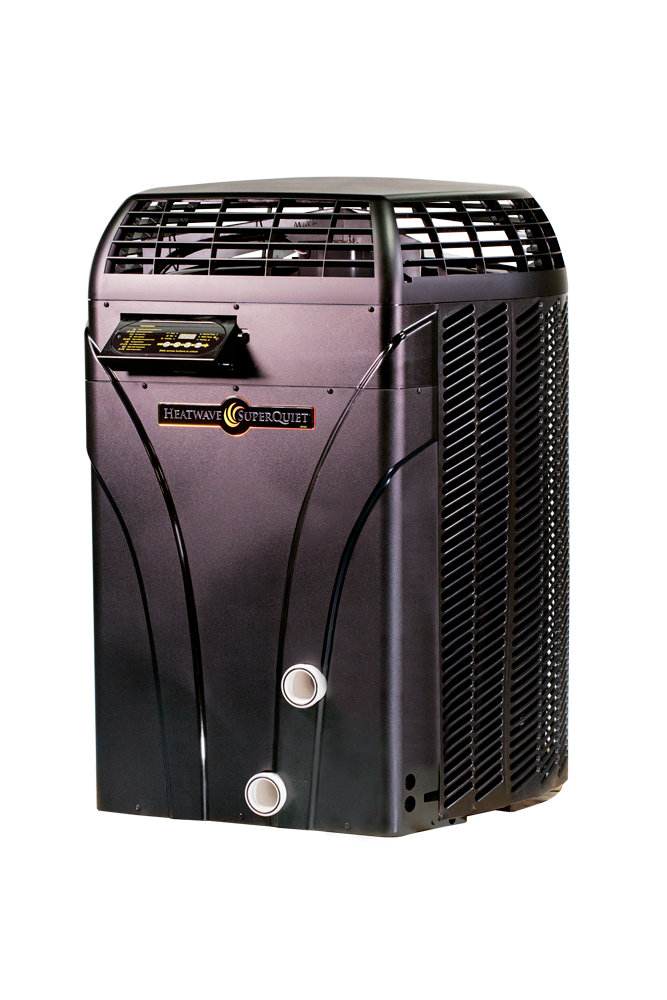
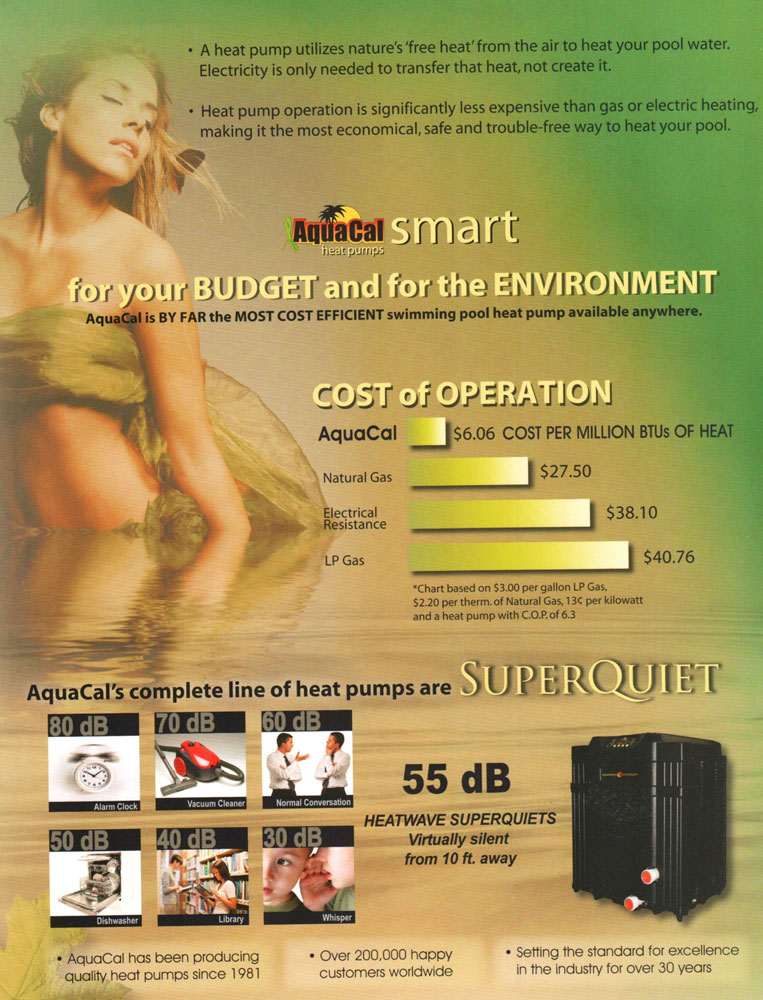
4) Controlling Evaporation Using Pool Blankets
Heat loss on any pool is primarily driven by evaporation from the surface of the pool. Upwards of 75% of heat loss is through evaporation. Because of this, controlling that evaporative loss is key to reducing heating cost. There are several methods of achieving these savings.
One method is to use a solid pool blanket. There are two types commonly available. The first type has automated deployment through a series of tracks and a motor to roll the heavy-duty vinyl blanket out over the surface of the pool. These are somewhat expensive yet highly valuable devices. They completely cover the surface of the pool and by their construction will bear the weight of a child. The added value to the safety feature is that they also contain evaporation to a near zero rate. Excellent for both safety and efficiency.
The second type of blanket, far less expensive, but with no safety value, is what is called a floating blanket. This blanket is simply a thin vinyl sheet manufactured with tiny air bubbles…think bubble wrap on a large scale. This blanket does an excellent job of heat retention through the prevention of evaporation. However, they are not safety blankets and actually carry a safety risk should a child enter the pool area. The blanket can become an entrapment hazard due to its free floating nature and the tendency to wrap around an individual who ventures onto it.
The downside to both pool blankets is that they are unsightly and can be difficult to utilize.
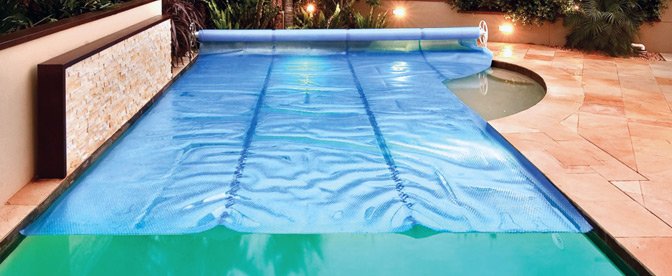
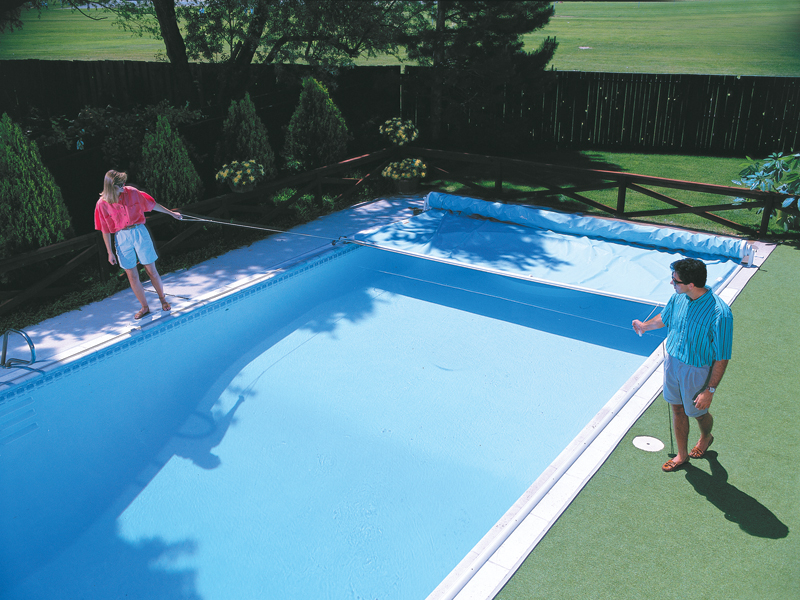
Another cost-efficient way to heat your pool is by using a Liquid blanket. Apply the liquid blanket simply by pouring it into the pool. Do this at a specified rate per square feet surface area of the pool. It works by creating a molecule thick layer on the surface of the water thus slowing down the rate of evaporation. It is non-toxic and will not have a negative effect on the pool filtration system. While this blanket poses no safety risks, is easy to use, and is inexpensive, it also carries the lowest level of effectiveness. The Liquid blanket’s performance is affected by a few outside factors including wind and water features that break surface tension. Although it is the least effective of the three types of blankets, it is far better than doing nothing
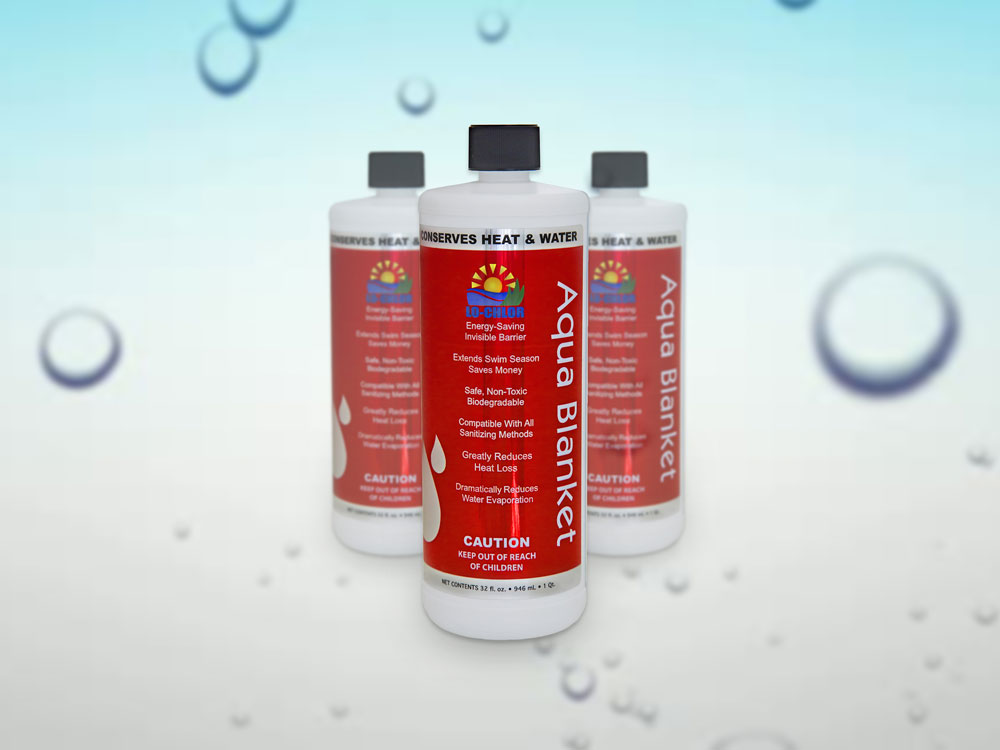
5) Shielding Your Pool Environment from The Wind
Speaking of wind…wind at the surface of the pool creates ripples or small waves on the surface of the pool. Heat loss through evaporation is a function of water temperature, air temperature, humidity, and surface area of the pool. A flat, tranquil pool will have a water surface area equal to the physical dimensions of the pool. Ripples and waves on the pool increase the surface area of the water and accelerate the losses from evaporation. So, creating a pool environment that is shielded from wind will be a great help in reducing heating cost.
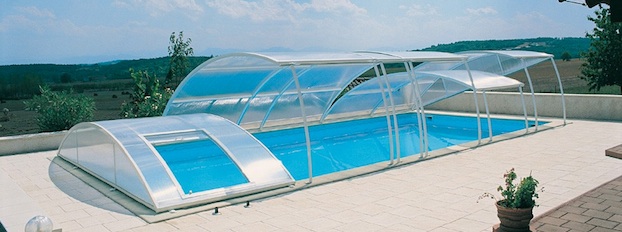
6) Pool Temperature Set Point
Simple. The warmer you heat your pool water, the more it will cost. Each degree rise in temperature equates to an approximate 15-18% increase in operation cost. While an 88°F pool is toasty, it will cost a lot more to maintain than a pool held at 85°F. Everybody has their own “thermostat” and comfort level when it comes to temperature. Couples can surely attest to that when it comes to the room temperature in the house. It is no different with water temperature in a pool. It is important to keep in mind that the warmer the water the less economical. Try to find the perfect balance for you.
I hope these ideas have been helpful to you.
If you have any questions or inquiries about a swimming pool heat pump unit, please contact customer service. We are here to help!

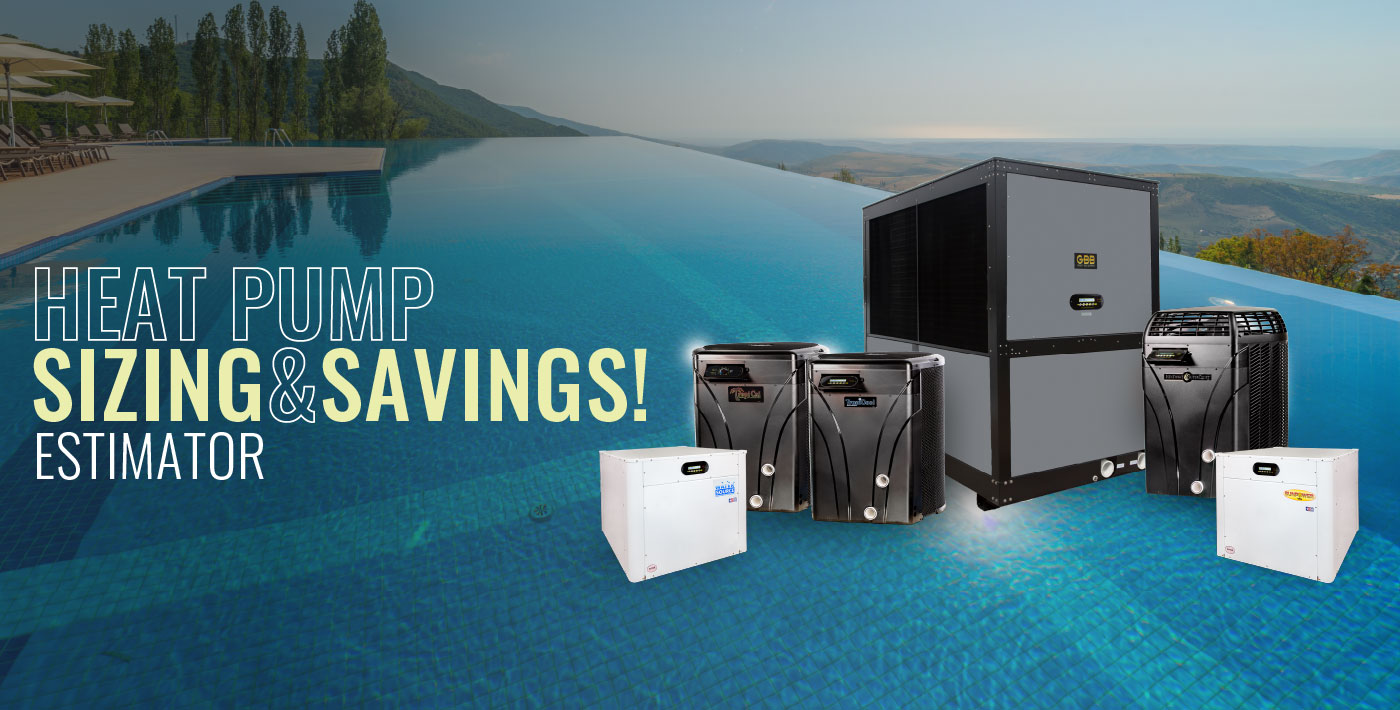
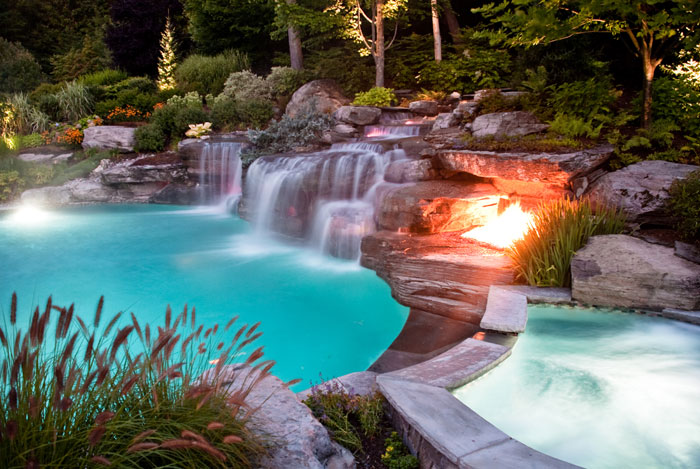
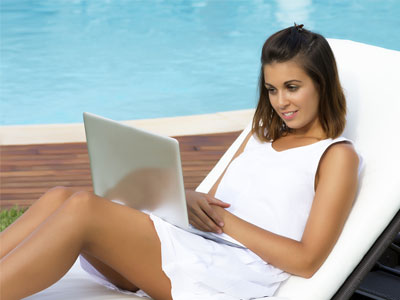
Good afternoon,
We require your proposal for Heater Installation in a swim pool located at Miami, FL 33146
Specs:
Pool size 25 yards by 10 yards
• Perimeter: 200 feet
• Area: 2127 square feet
• Depth average: 5.5 feet
Requirement:
• Supply, Delivery and Install a pool heater to match the location.
We appreciate if you can schedule a visit to detect your scope of work and send us your proposal, I’ll be waiting your feedback in this regard and awaiting your proposal.
Thanks, and best regards.
Good Morning Mr. Fernandez,
Hope you are doing well. AquaCal is a manufacturer of swimming pool heat pumps & we do not handle direct sales or installs. We can assist in sizing up the pool for the correct type & number of heaters needed. We can also assist in providing local competitive dealers in your area so that you can shop for you best pricing. Please feel free to call us at 727-823-5642 & ask for Heat Pump Tech Support. Anyone in that area can assist you.
Thanks,
Robert Brown
AquaCal/AutoPilot Tech Support
I need an alternative to a heliocol solar water pool heater. The system has been out of service longer than it has been in service. Tech support is problematic. Please help.
Hi William,
A swimming pool heat pump is a cost effective way to heat your pool. We manufacture several different sizes to heat any size pool. A sizing simulator is available on our website as well as a dealer locator. We offer tech support at our factory in St. Petersburg, FL. If you have any questions, please call us at 727-823-5642.
Thanks,
AquaCal Tech Support
This blog was… how do you say it? Relevant!! Finally I’ve found something
that helped me. Many thanks!
Thanks Isla!!
Thanks for finally writing about >Top 6 Cost-Efficient ways to Heat your Pool –
AquaCal Website <Liked it!
Thanks, Glad you like it!
I want to heat the pool and cool the house. Can this be done with a single heat pump – one that moves heat from the house to the pool?
Good Morning Mahesh,
Hope you doing well. It is very hard to a achieve this type of install as you can never balance out the needs of both environments. The home usually needs much less BTU removal to cool it than the pool needs to get heated and you end up either getting the house too cool or the pool not heated enough. Additionally, the control equipment, additional fans & ducting end up being more expensive, less efficient and harder to maintain than having separate heat pumps. I have never seen a successful attempt at this in 16+ years & would not recommend trying it.
Please feel free to call us in Tech Support at 727-823-5642 with any further questions.
Thanks
Robert Brown
AquaCal Tech Support
How many kwh does it take to heat a standard play pool in Phoenix sept -may
Good Afternoon Ms. Love,
Hope you are doing well. I would like to lead off with the comment that every pool is a unique environment & needs to be sized individually. How many Kilowatts/Hour needed will depend on the size of the pool, the target temperature & the fluctuating air temperatures in the area. While we cannot pin down an exact amount, we can usually get a close estimate.
You can use our Sizing Estimator at http://teamhorner.com/sizing-and-savings-calculator to assist with this or contact our Heat Pump Technical Department at 727-456-7411.
Thanks,
Robert
I can’t get pump going. I changed the two capacitors and still fan does not turn. I tried hand turning fan. It won’t move. Had motor check out and it’s good. Any help would be very much appreciated. Thank you.
Carmine. Cverna@live.com
AT12000A. AquaCal
Hi Carmine,
There could be a problem with the circuit board and unfortunately upgrade kits for these older AeroTemp units are no longer available. Please call us at 727-823-5642 for assistance.
Thanks,
It’s hard to think about heating pools when it’s 100+ degrees out here in SoCal. But fall is right around the corner and you guys know what you’re talking about. Do you guys have any content on how to close a pool as well? Just curious about how to do that as well. Thanks a ton
Hello,
Unfortunately, we don’t have any blogs yet on closing a pool. However, we do have a blog explaining how to winterize our heat pumps for those that need to close their pools. https://www.aquacal.com/how-can-i-winterize-my-swimming-pool-heat-pump/
Hopefully this will help.
Solar questions-want to heat using pv array to generate 50 amps 220. Help
We would like to heat our pool. It is so cold can only use it late in February and then the summer nearly over. I would llke to use the pool at least from September to June – The size of my pool is 14 meters by 6 meter
Hello Elsabe,
A heat pump is a good option for heating your swimming pool. The “Savings and Sizing Estimator” on our website can recommend the right size heat pump for your pool. Where are you located..city and country?
I need information about options to heat my pool. I have an inground pool 36 x 16
Hello Revette,
We have a heat pump sizing program on our website to determine the best unit for your pool. You will need to input the pool location; city and state, the months you plan on using the pool, and the pool size, i.e. length, width and average depth. If you would like assistance, please call us at 727-823-5642 and we will be happy to assist you.
i have a pool i have a heater =
BOOM
heated pool
That works. Thanks for sharing.
Like pricing. Thank u
Hello Kim,
Please call us at 727-823-5642 or email us your contact information to customersupport@aquacal.com.
I have been very satisfied with AquaCal when I have needed service repairs to my heat pump. The AquaCal Service Representative, Nathan R. performed the necessary repairs in a professional and efficient manner both times, four years apart.